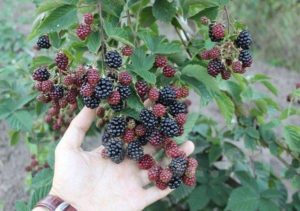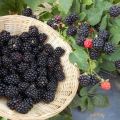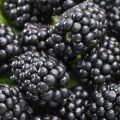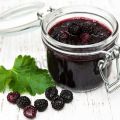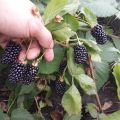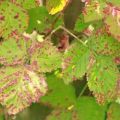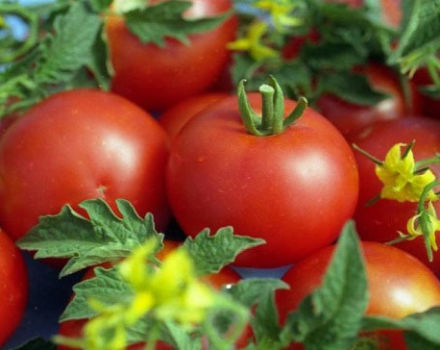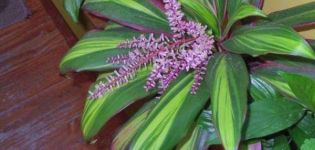Description and characteristics of Brzezina blackberries, planting and care
Gardeners are still looking closely at Brzezin's blackberries. The hybrid has recently appeared on the market. Time will tell whether the form will become popular. In the several years that have passed since its appearance in gardens, not all the characteristics declared by the manufacturer have yet been confirmed.
History of origin
Work on the creation of a new promising blackberry variety was carried out in the city of Brzezna (Poland). This is where its name comes from Brzezina. The authors were the doctors of the Institute of Horticulture Agnieszka Orel, John Danek. Brzezin's blackberry pedigree began with varieties:
- Darrow;
- Black Satin.
Both forms are fruitful and taste great. Gardeners have been able to acquire new varieties of seedlings quite recently. They went on sale in the 2015 season.
External characteristics
The potential of the Brzezin hybrid has not yet been revealed. Several more years will have to pass in order to objectively evaluate the selection description of the new form and the real results.
Bush and foliage
The bushes are medium spreading, covered with light green toothed leaves with a corrugated surface. The variety belongs to the semi-growing type of blackberries.... Growth strength is high. Shoots without thorns. At the beginning of the growing season, they are light green, by autumn they darken and turn brown.
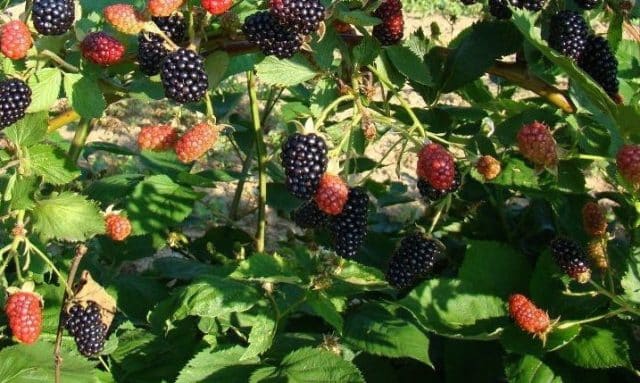
In the second year after planting, the plant forms no more than 3 replacement shoots. Mature shrubs have a high shoot-forming ability. Root suckers are formed due to damage to the roots during processing of the trunk circle.
Type and taste of berries
The taste of the pulp (% sugar, acid) depends on the conditions (soil, lighting, planting density), it is dense in structure, so the berries do not crumple during transportation.
| The form | Colour | Weight (g) | Taste assessment | Taste | Scent |
| Elongated conical | Black, shiny | 7-9 | 4,6 | Sweet and sour | Blackberry |
In a refrigerator, fruits can be stored for 3 to 5 days.
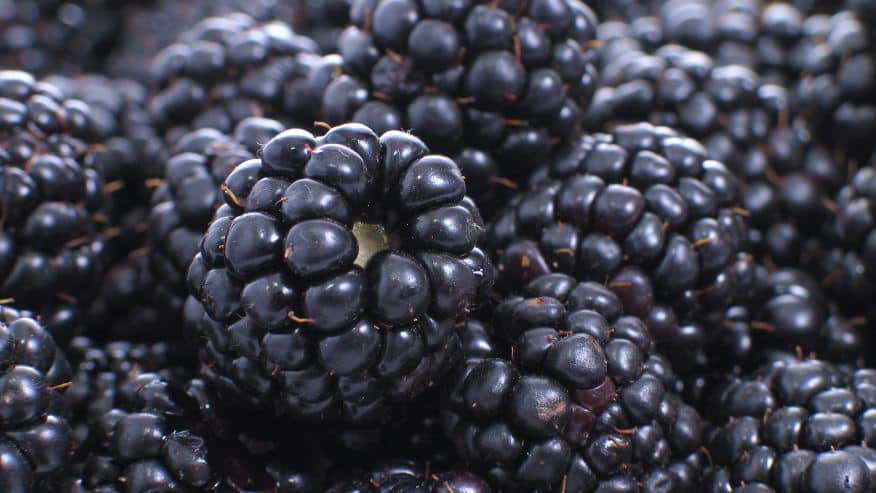
Benefits of Brzezina variety
All pros and cons of the new hybrid form are shown in the table.
| pros | Minuses |
| Early maturation | Requires shelter for the winter |
| Frost resistance | In the heat, you need to shade |
| Transportability | Shoots are tough, hard to work with (tie, bend) |
| Good immunity | |
| Fruit versatility | |
| Harmonious taste | |
| Shoots without thorns | |
| Shoot-forming ability is high |
Crop yield
Powerful semi-creeping shoots have many branches, densely covered with fruit twigs. One cluster forms from 10 to 12 fruits.
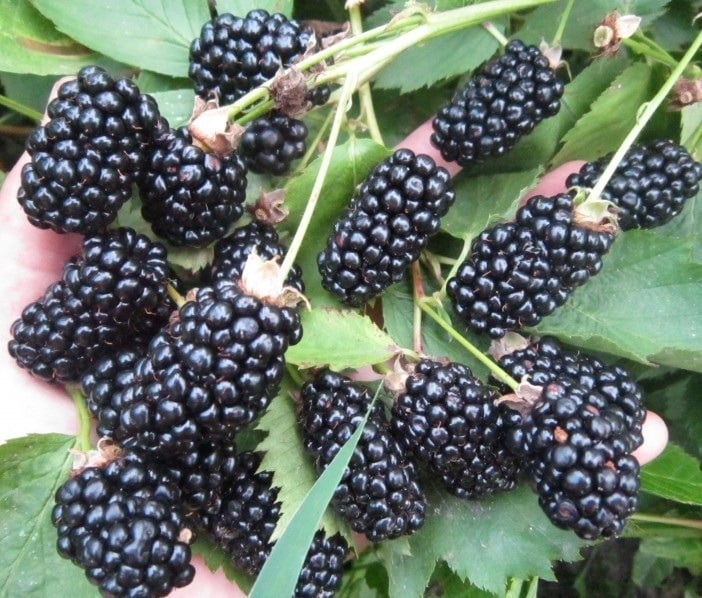
Flowering period and ripening time
Fruiting is extended (5-6 weeks). The berries ripen from late June to early August. Harvesting is carried out as it ripens. The variety was declared as ultra early, but in the conditions of the middle lane it will ripen in medium terms.
Fruiting period
The first crop is harvested from a 2-year-old bush. He is not big. Full fruiting begins in the 3rd year. At home, in Poland, Brzezina berries ripen in early July. In the south and in central Russia, the terms are shifted by 2 weeks.
Ukrainian gardeners harvest Brzezina blackberries at the end of July.
Yield indicators
The yield depends on the agricultural background and weather conditions. From the available statistics, an average adult bush yields up to 8 kg of berries. Reduces the yield of freezing of fruit buds.

Where the fruits are applied
The fruits have a universal purpose. There are four main areas of use:
- The fruits are consumed fresh.
- The berries are deep-frozen.
- Jams and preserves are made from Brzezin's blackberries.
- The crop is used in home winemaking.
Technical indicators
When choosing a new variety (hybrid) of blackberry, the gardener must evaluate its capabilities, attitude to diseases, requirements for weather conditions.
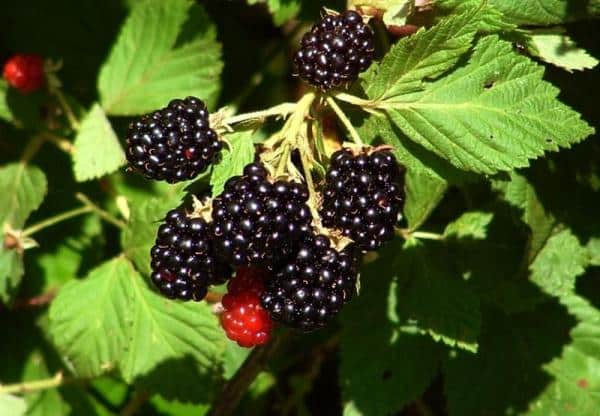
Immunity to pests and diseases
With proper care, carrying out planned preventive measures, the bushes and fruits of Brzezin's blackberries do not suffer from fungal diseases and pest infestations.
In which regions is it recommended to plant
The Polish blackberry variety can be grown in Ukraine, Crimea, Krasnodar Territory, Volgograd Region, Moscow Region. If in Poland the bushes winter well, then in the climate of Ukraine and Russia they need to be covered for the winter. Form frost resistance at -24 ° C.
Reproduction methods
The easiest way to propagate Brzezin's blackberries is riding cuttings. At the beginning of September, the tip of the replacement shoot is bent to the ground, instilled. A full-fledged seedling is obtained in a year. In addition, the variety is propagated by cuttings and dividing the bush.
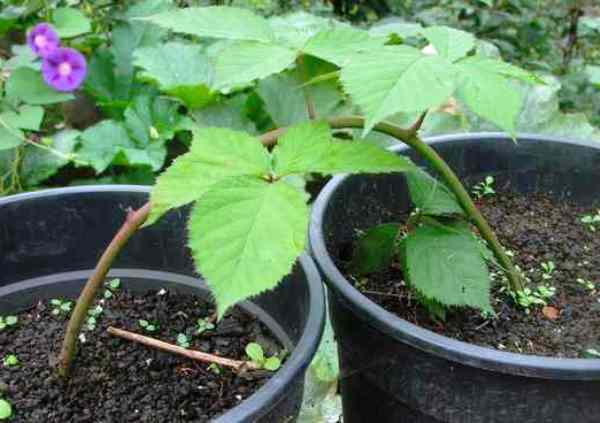
Requirements for soil composition
Blackberries are undemanding to the composition of the soil. The variety can be grown in any type of soil. Yields are higher if the soil meets the following requirements:
- the mechanical composition is light, medium loamy;
- a lot of humus;
- moisture capacity is high;
- air and water permeability is good.
Landing technology
It is not difficult to grow Brzezin's blackberries if you follow a few rules. The first rule is to buy quality annual seedlings. They should have 2 stems as thick as a pencil and about 10 cm long roots.
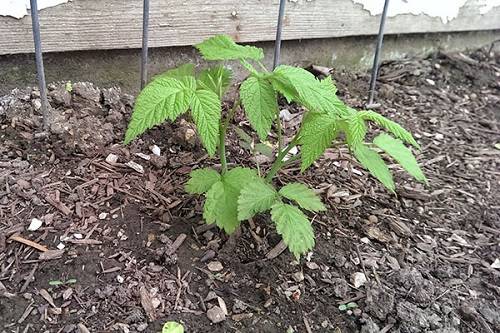
Optimal timing
In the southern area with long warm autumn, Brzezina seedlings are planted in September-October. They have time to take root before the onset of frost.
In temperate climates, blackberries are planted in spring (April, May). The exact timing depends on the climatic conditions.
Cooking seedlings
A seedling with an open root system is placed in water at night. Water the blackberry in the container before transplanting. Shoots are shortened to a height of 10-15 cm.
Choosing the best place
The depth of the groundwater is at least 1.5 meters. The site should be illuminated by the sun throughout the day. Berries from the hot midday sun lose their presentation, so in the middle of the day the site should be in openwork partial shade.
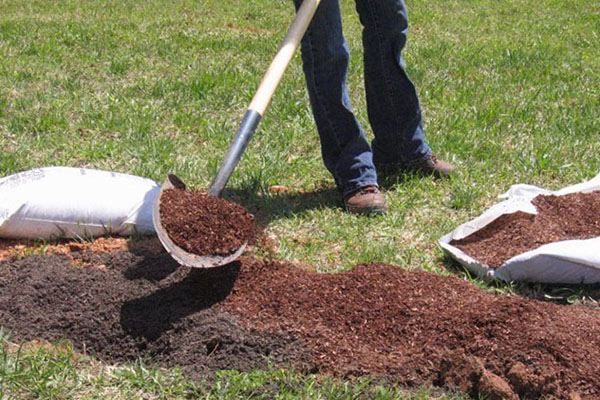
Soil and planting hole preparation
Planting holes are dug with a size of 0.5 x 0.5 m. The top layer is used for backfill, if the pH is <5.5, lime is added to it. In an alkaline reaction (pH> 7.5), high-moor peat is added to it. The soil is enriched with organic matter and mineral fertilizers:
- humus 1-2 buckets;
- superphosphate 150 g;
- potassium nitrate 50 g.
Landing scheme and algorithm
Farmers plant Brzezin blackberry bushes with a row spacing of 1.5 m, row spacing of 2.5-3 m. Amateur gardeners adhere to a 2.5 x 3 m pattern.
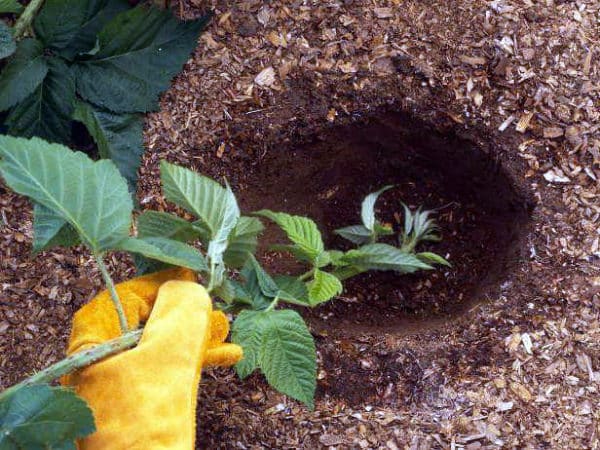
Planting stages:
- fertile soil is poured into the bottom of the pit;
- a blackberry bush is placed on top;
- straighten the roots;
- sprinkle tightly with soil mixture;
- deepen the root collar by 2 cm;
- the hole is watered with 2-3 buckets of water, sprinkled with a layer of high-moor peat.
Culture care
It will not be possible to grow a fruitful Brzezin blackberry bush without observing certain rules of care.
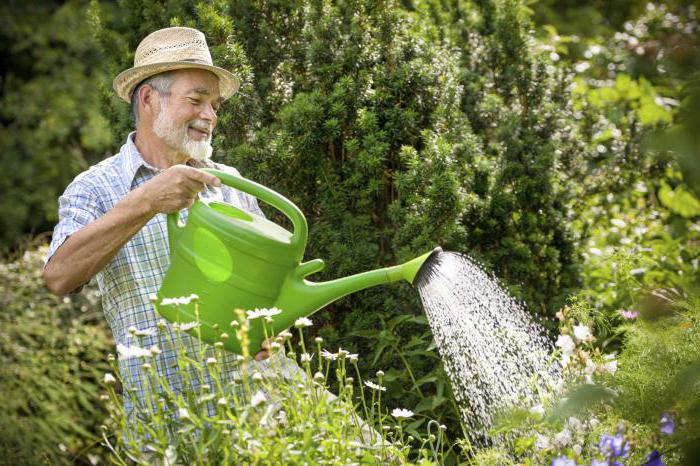
Regularity of watering
One-, two-year-old Brzezin blackberry bushes are watered 2 times a week. Take into account the level of precipitation. Waterlogging negatively affects the development of the root system. Adult bushes are watered as the topsoil dries.
Trunk circles are mulched with humus. A layer of organic matter retains moisture, restores fertility.
Top dressing and loosening
The feeding scheme is standard. In the spring, before flowering, nitrogen-containing fertilizers are applied. During the formation of ovaries, Brzezin's blackberry needs a number of useful microelements. Complex fertilizers are used containing:
- phosphorus;
- iron;
- manganese;
- boron;
- potassium.

Garter
For 3-year-old blackberry bushes, a trellis is erected with a height of 2-2.5 m.To make the shoots easier to fasten, the wire is pulled in 3 rows, the lower one - at a height of 0.5 m from the ground.
Pruning
In autumn, all 2-year-old shoots are cut out at the root. In the spring, poorly overwintered and diseased branches are first removed. The main stems are shortened to 2 m, the lateral branches are cut by ⅓ of the length.
Preparing for winter
Before the onset of frost, the replacement shoots remaining after the autumn pruning are untied from the trellis and bent to the ground. They are covered with agrofibre in 2-3 layers and wooden boxes. In winter, snow is thrown over the shelter.

